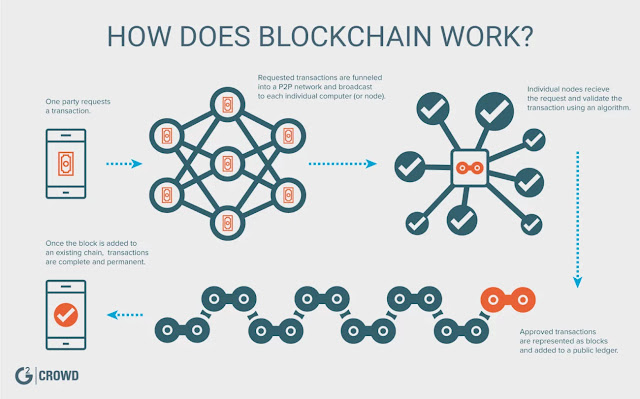What is blockchain ?
Blockchain is the latest innovations in the sphere of digital technology & is on its way to create a revolution in the sphere of the digital economy called cryptocurrency. Blockchain makes use of very advanced algorithms which greatly reduces the dependence on people to verify all sorts of transactions. In simpler terms Blockchain can be defined as an anonymous online ledger which makes use of the online data structure and thereby simplifies the way we transact.
A blockchain is the structure of data that represents a financial ledger entry, or a record of a transaction. Each transaction is digitally signed to ensure its authenticity and that no one tampers with it, so the ledger itself and the existing transactions within it are assumed to be of high integrity.
The real magic comes, however, from these digital ledger entries being distributed among a deployment or infrastructure. These additional nodes and layers in the infrastructure serve the purpose of providing a consensus about the state of a transaction at any given second; they all have copies of the existing authenticated ledger distributed amongst them.
BENEFITS OF BLOCKCHAIN TECHNOLOGY:
- Transparency - in a distributed ledger every transaction is recorded publicly. Public verifiability allows anyone to verify correct system working.
- Integrity - when everything is archived and authorised in a decentralized way the system ensures that data is carried out and processed in a reliable and transparent manner.
- Immutability - a third-party cannot make any changes to the system.
- Security - with no central point to be exploited the system is protected against hacking attacks and fraud.
- Reduced transactions costs - blockchain allows peer-to-peer and business-to-business transactions to be completed without the need for a third party, which is often a bank.
- Customer centricity - transparent solutions allows to streamline and automate communication with customers, enabling also higher trust level.
- Innovation - completely new business models may lead to substantial competitive advantages.

.jpg)

Comments
Post a Comment